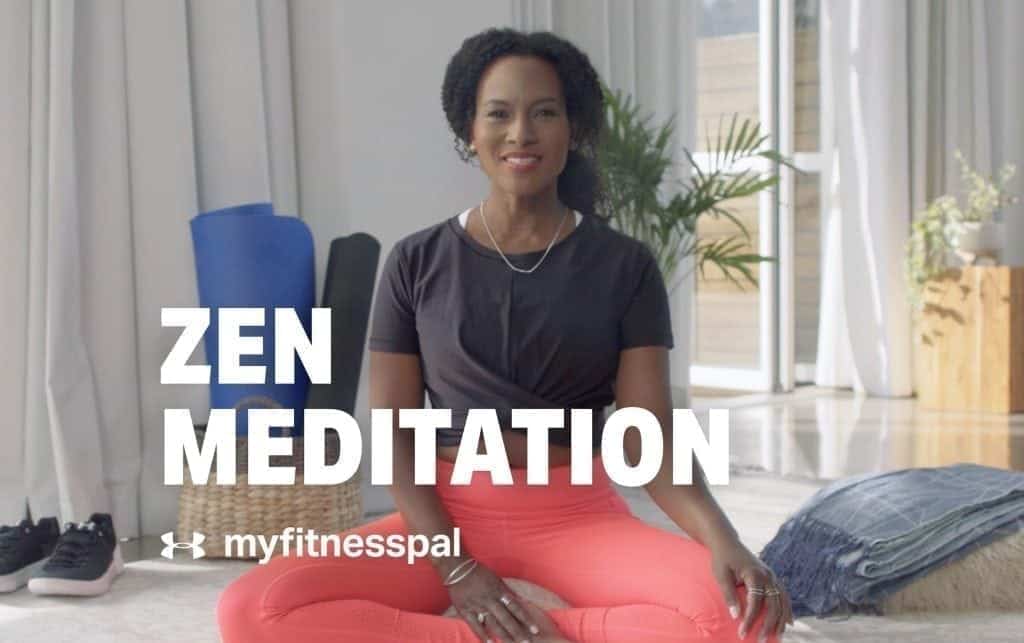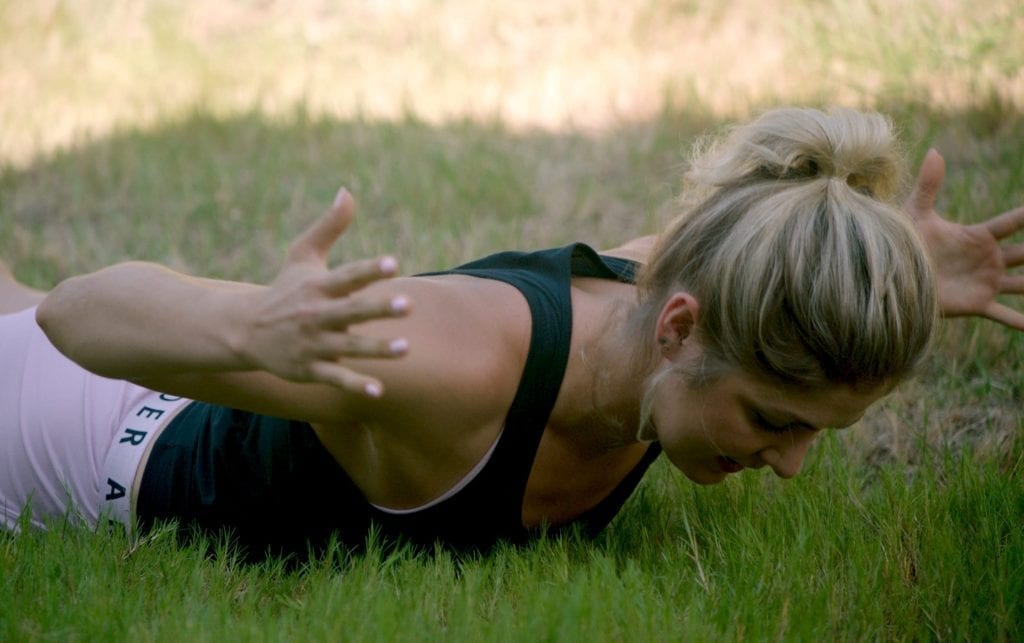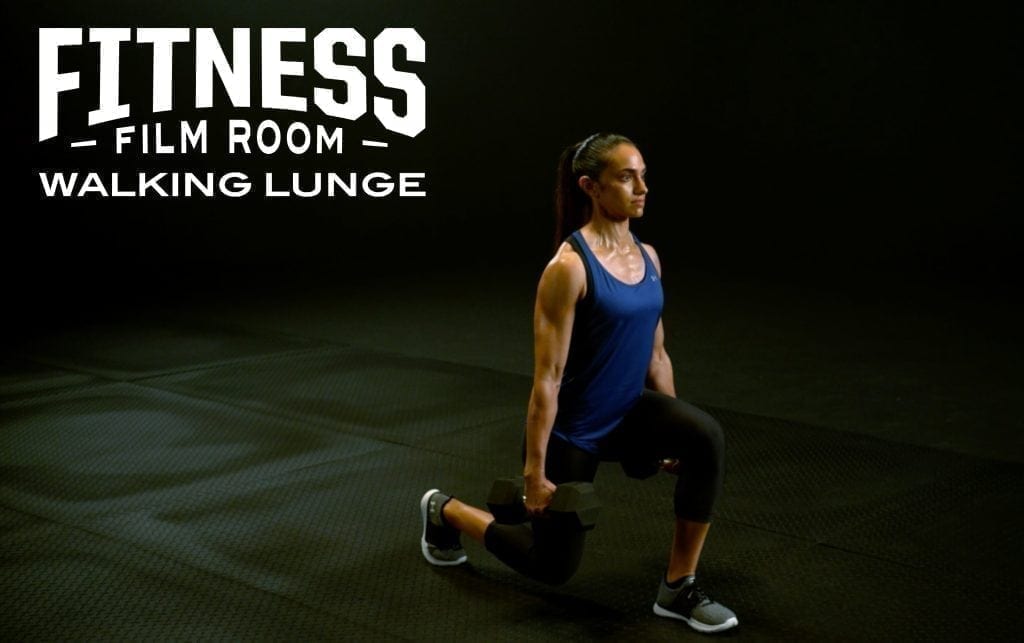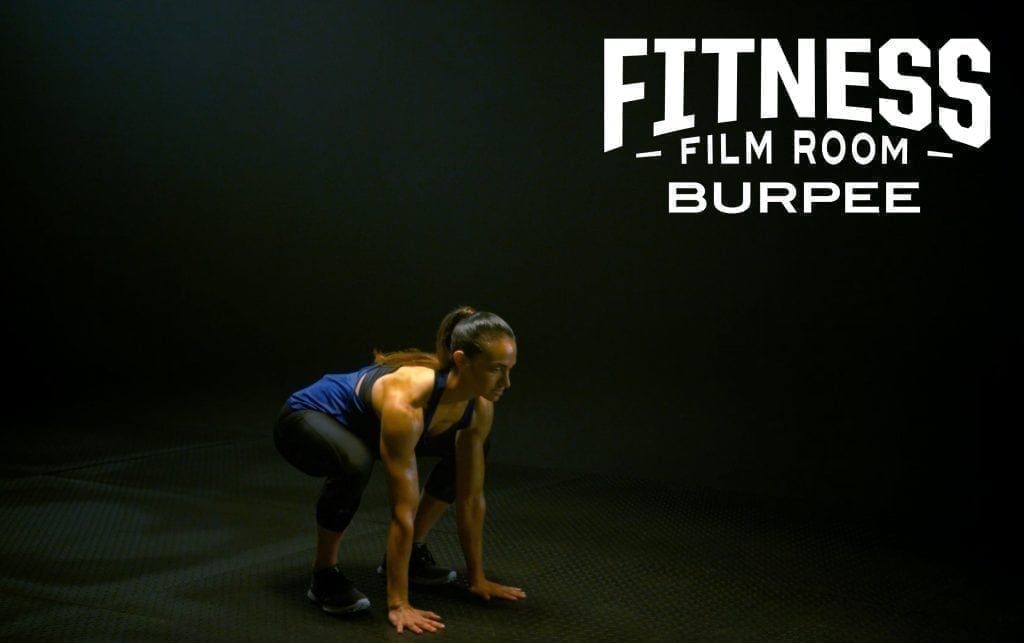Average Sleep Time Drops, Increasing Health Risk
A recently released survey from Mattress Firm revealed some disturbing facts about sleep patterns in America, as shown in this short video. This is important since the effects of sleep deprivation can range from mild to devastating.
For instance, the Anchorage Daily News1 recounts the story of third mate Gregory Cousins, who had slept a mere six hours between 8 p.m. on March 22, 1989, until just after midnight on March 24, when he ran the supertanker Exxon Valdez aground.
The accident devastated 23 species of wildlife and nearly 1,300 miles of coastline habitat. Many people may remember that the skipper of the ship was allegedly drunk (a jury later acquitted him of the charge), but what most don’t know is that the National Transportation Safety Board (NTSB) found that sleep deprivation was an important factor in this accident. In fact, it not only was a known issue on the Valdez, but across the board in the shipping industry.
As it turned out, several of the Valdez’s crew members were sleep-deprived, and the oil spill was an accident waiting to happen. The problem was a direct result of Exxon trying to save money by not providing enough crew to provide breaks for sleep. In its report the NTSB said:2
“The mates on the Exxon Valdez were usually fatigued after cargo operations in Valdez, and the vessel usually put to sea with a fatigued crew … The financial advantage from eliminating officers and crew from each vessel does not seem to justify incurring the foreseeable risks of serious accidents.”
Unfortunately, sleep deprivation isn’t limited to sea vessel crews. According to the American Sleep Association,3 37.9% of people report inadvertently dropping off to sleep during the day at least once a month, and 4.7% have nodded off while driving.
Most people cut their sleep hours short because they feel the need to "get things done" — not unlike the Valdez situation. However, like the Valdez, the evidence clearly shows that you are not productive when sleep-deprived.
Average Sleep Hours Fall as More Report Exhaustion
For several years Mattress Firm has commissioned a survey on sleep habits and the number of hours people are sleeping each night. This year, results show Americans are sleeping less and less. They asked 3,000 adults about their sleep habits, how satisfied they were with their sleep and about the frequency of sleeping and naps. They compared those results to those from 2018.4
What they found was a sad commentary on the speed at which modern society has chosen to live. It seems that getting at least six hours has become more challenging with each passing year. In 2018 results from the survey showed the average person asked was sleeping six hours and 17 minutes each night, but by 2019 that had dropped to 5.5 hours.5
Experts currently recommend adults from 18 to 65 years sleep consistently from 7 to 9 hours each night.6 In other words, most people are sleeping at least one- and one-half hours less each night than the minimum that experts think is important for optimal health.
While the number of hours you sleep is important, so is the quality. So, it’s even more disheartening to read that 25% of the respondents reported they also “consistently slept poorly in 2019.”7 Since the amount of quality sleep at night was on the decline, it makes sense the respondents reported they took more naps in 2019 than 2018. But, while more were taken, survey findings indicate there were many planned naps that didn’t get taken.
The survey defined a “great night’s sleep” as “quickly falling asleep and staying that way until morning.'' There were about 120 nights fitting that criteria. Americans are so desperate for a good night of sleep they said they were willing to “pay $316.61 for just one night of perfect sleep.” This was $26.16 more than in 2018.8
Interestingly, the people who reported the best sleep were those who slept on their back or slept with a pet in their bed. While side sleeping was the more common position reported in the survey, these were the same respondents who had the most difficult time getting to sleep.
The survey also asked about bedtime rituals that respondents used to help them fall asleep. The top rituals included reading, taking a bath, drinking warm milk, meditating and having sex.9
Have You Been Too Tired to Cook or Go Out?
Sleep is an important foundation to your health and wellness and yet a significant number of people are having trouble accomplishing this seemingly simple task. A separate survey10 asked 2,000 British adults about their habits and found many reported being too tired to do everyday tasks.
The results showed the top two activities that respondents avoided when they were tired were house cleaning and working out. Half of those asked ordered their dinner out and 25% of women said they went to bed with their makeup on because washing their face before bed required more energy than they felt they had.
Of the 2,000 asked, 30% had canceled social plans and many reported avoiding grocery shopping, reading, driving and having sex because they were too tired. While Americans planned naps that weren’t taken,11 Brits were taking three naps a week and still reported feeling “as though they have ‘no energy at all’ four times” every week.12
In Britain, energy levels were at their highest mid-morning and their lowest midafternoon. As the authors of other studies have found13 more were the most tired on Mondays. Researchers have theorized a lack of sleep is one of the reasons there are more heart attacks on Mondays than other days of the week.14
In addition to these details, 25% of survey respondents thought their lethargy was related to long working hours, stress or depressing weather.15 They also found 20% had visited their doctor with complaints of sleepiness and more than 50% felt their exhaustion affected their mood. These results are discouraging since the effects of sleep deprivation are significant.
Sleep Quality and Quantity Important to Health and Safety
Both the quantity and quality of your sleep are important to your health and safety — indeed, the safety of others as well. Not getting enough sleep slows your reaction time and leaves you cognitively impaired. In 2013, drowsy driving caused 72,000 car accidents, killing 800 people and injuring 44,000.16
In one study17 from 2018 a researcher found that sleeping less than four hours in the previous 24 hours increased the odds of having a car accident by 15.1 times, compared to those who slept seven to nine hours in the previous 24. Statistically:18
"Drivers who slept for less than 4 hr were found to have crash risk comparable to that reported in previous studies for drivers with blood alcohol concentration roughly 1.5 times the legal limit effective in all US states."
The researcher explained:19
"Being awake isn't the same as being alert. Falling asleep isn't the only risk. Even if they manage to stay awake, sleep-deprived drivers are still at increased risk of making mistakes — like failing to notice something important, or misjudging a gap in traffic — which can have tragic consequences."
Despite these statistics, many say they push through their sleepiness to complete what needs to be done. One significant problem is when construction workers, medical professionals and pilots decide to “push through” — like the Valdez, it can have lethal consequences.
Other research shows that sleeping less than six hours a night will also dramatically increase your risk of insulin resistance, which is at the core of many chronic diseases.20 And, the list of health problems related to poor sleep continues to grow. The results of one study21 linked poor sleep with excessive aging of your heart; less than seven hours a night was enough to trigger that.
The lead researcher on the study from the Division for Heart Disease and Stroke Prevention at the Centers for Disease Control and Prevention said:22
“Prolonged periods of insufficient sleep have negative effects on multiple body systems including the cardiovascular system. Studies have shown significant relationships between sleep duration and heart disease risk factors such as high blood pressure, smoking, high blood cholesterol, diabetes, and obesity.
The difference between a person’s estimated heart age and his or her chronological age is ‘excess heart age.’ Higher excess heart age indicates a higher risk of developing heart disease."
However, sleeping a healthy number of hours may not protect you if the quality of your sleep is poor. Sleep quality has a significant impact on your risk of high blood pressure and inflammation of your blood vessels, also associated with heart disease.23 The researchers found “Systolic blood pressure was associated directly with poor sleep quality … "
They believed the findings demonstrated direct evidence neglecting sleep problems could increase your blood pressure and blood vessel inflammation even if you get adequate amounts of sleep.
EMF Affects Heavy Metal Toxicity and Thus Sleep Quality
One factor affecting sleep quality is your exposure to electromagnetic fields (EMF) and heavy metal toxicity associated with it. As Wendy Myers, functional diagnostic nutritionist, and I discuss in this short video, heavy metals are particularly detrimental to your mitochondrial function and when you have heavy metal toxicity you attract more EMF.
It’s a vicious cycle that ultimately damages your health. It also increases your levels of fatigue. In this short clip we talked about the interaction between fatigue, mitochondrial dysfunction and heavy metal toxicity.
In her research she discovered studies demonstrating how a variety of metals could affect the ability of the mitochondria to produce adenosine triphosphate (ATP), the energy currency of the body. There are several heavy metals Myers finds are of particular concern, including aluminum, arsenic, tin and thallium.
You can test for heavy metal toxicity using hair, urine or stool samples. Myers typically begins with a hair analysis as it’s easy, inexpensive and provides significant information. However, no one test is perfect, so I recommend doing all three. No one is exempt from heavy metal exposure as I found out when I tested positive for each of these metals in 2018.
Cycles of Light and Dark Affect Sleep Quality
Sleep has been a great mystery. It was once thought to be a waste of time, but as researchers discover more about how the brain functions, it’s become apparent sleep is a crucial component of a healthy lifestyle. Sleep deprivation can affect people of all ages, and unfortunately the effects are cumulative.24
By maintaining a natural rhythm of exposure to daylight and darkness you affect the quality of your sleep. Light helps synchronize your biological master clock in your brain that helps wake you in the morning and improves your sleep at night.25 Going outside in the morning hours and at lunch can help provide you with the light needed to anchor a healthy circadian rhythm.
However, just as important is the other end of the day. By using digital equipment after sunset, you stop the production of melatonin, important in getting quality sleep.26 In one study27 researchers found 99% of participants exposed to room light before bed produced melatonin later than expected.
In addition, light exposure during your usual hours of sleep can also suppress production by 50%. You’ll experience the greatest benefit by dimming your lights after sunset, using incandescent light bulbs and wearing blue blocker sunglasses indoors that help block blue light most responsible for blocking melatonin production.
While the list of health challenges associated with sleep loss is significant, you have options to help you improve the quantity and quality of your sleep. See “Top 33 Tips to Optimize Your Sleep Routine” for how to make a real difference in your overall health.
from Articles https://ift.tt/3ak57nR
via IFTTT



